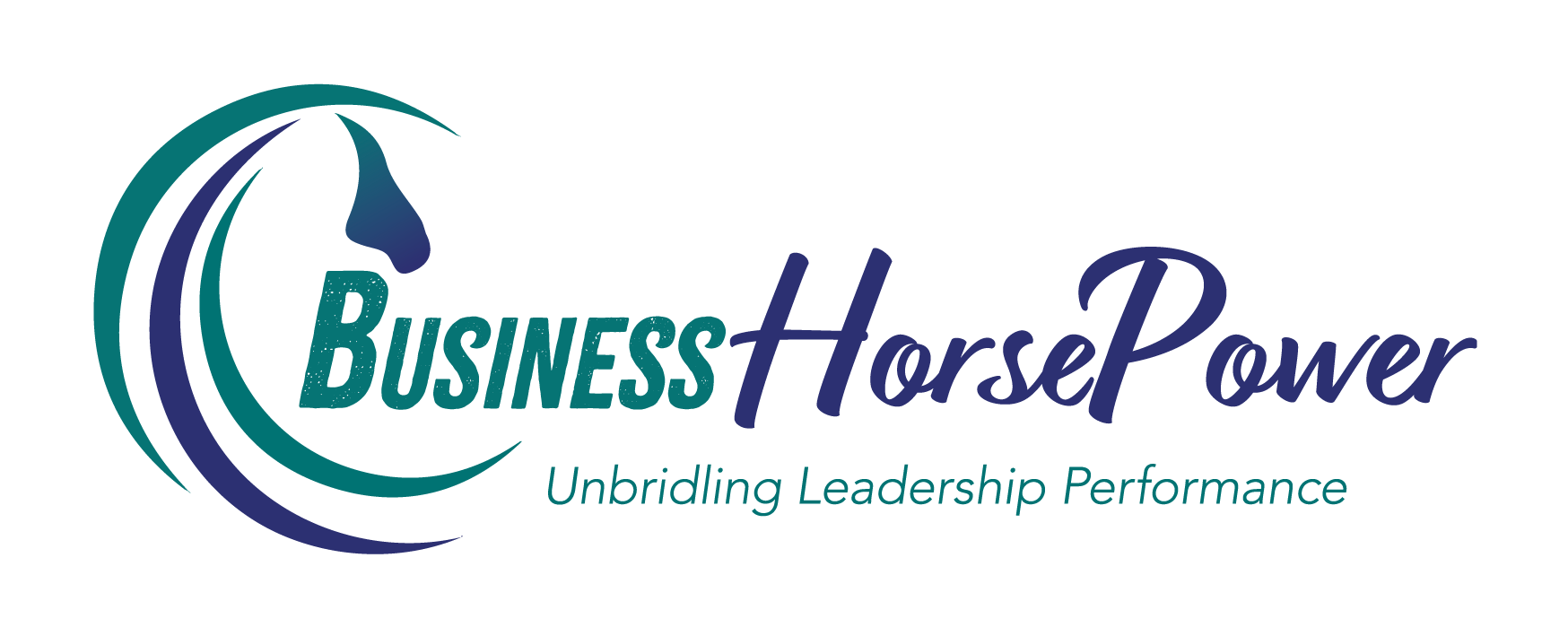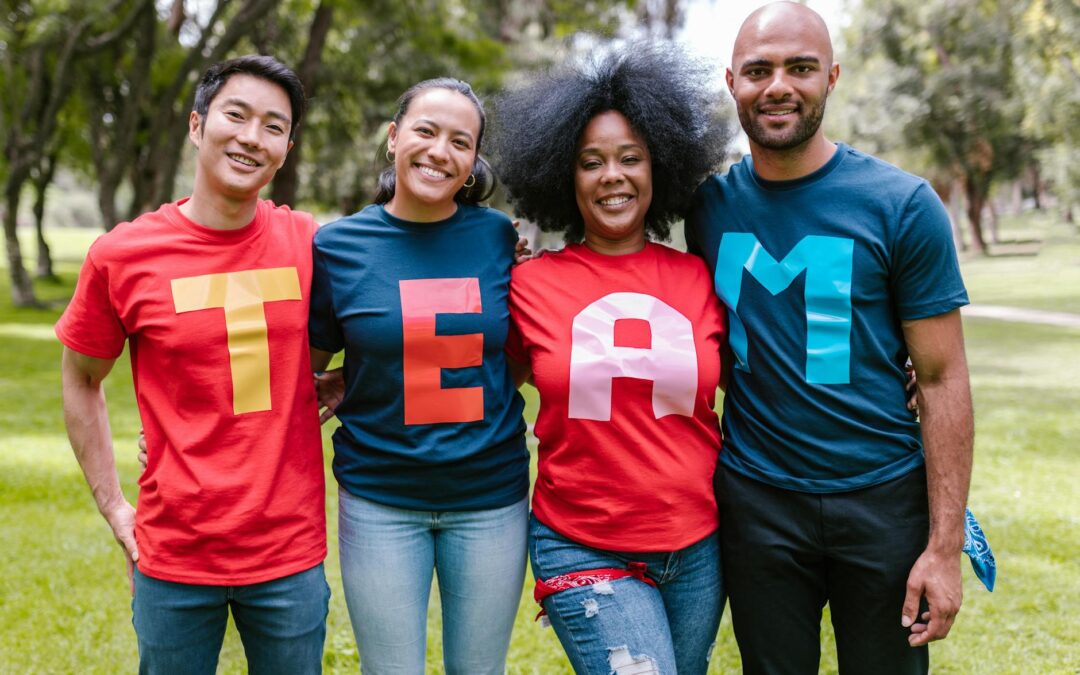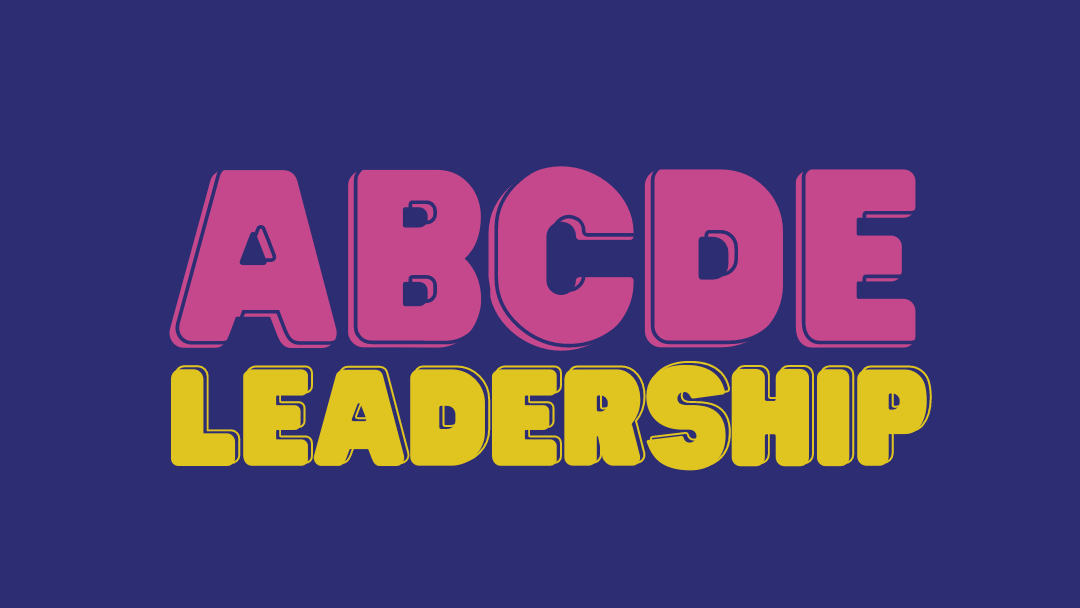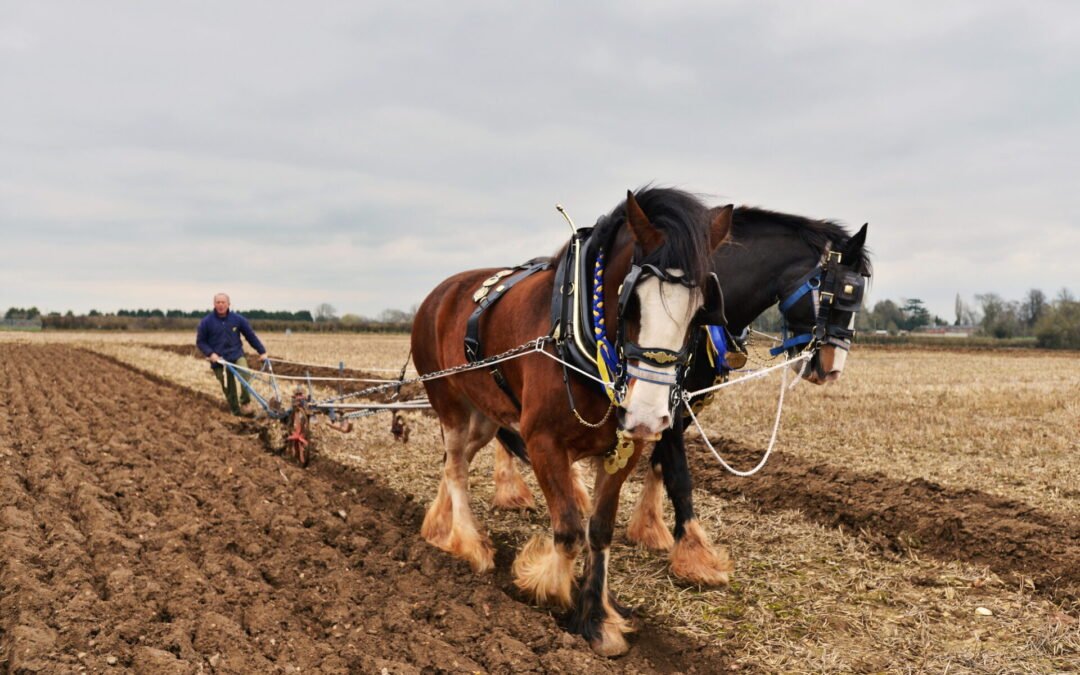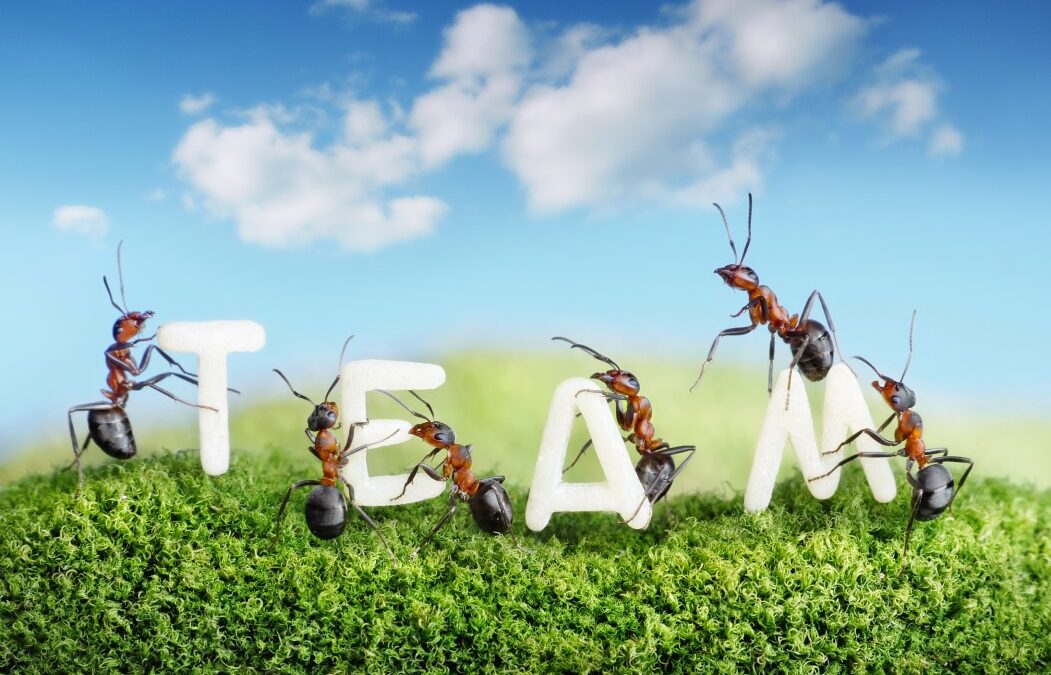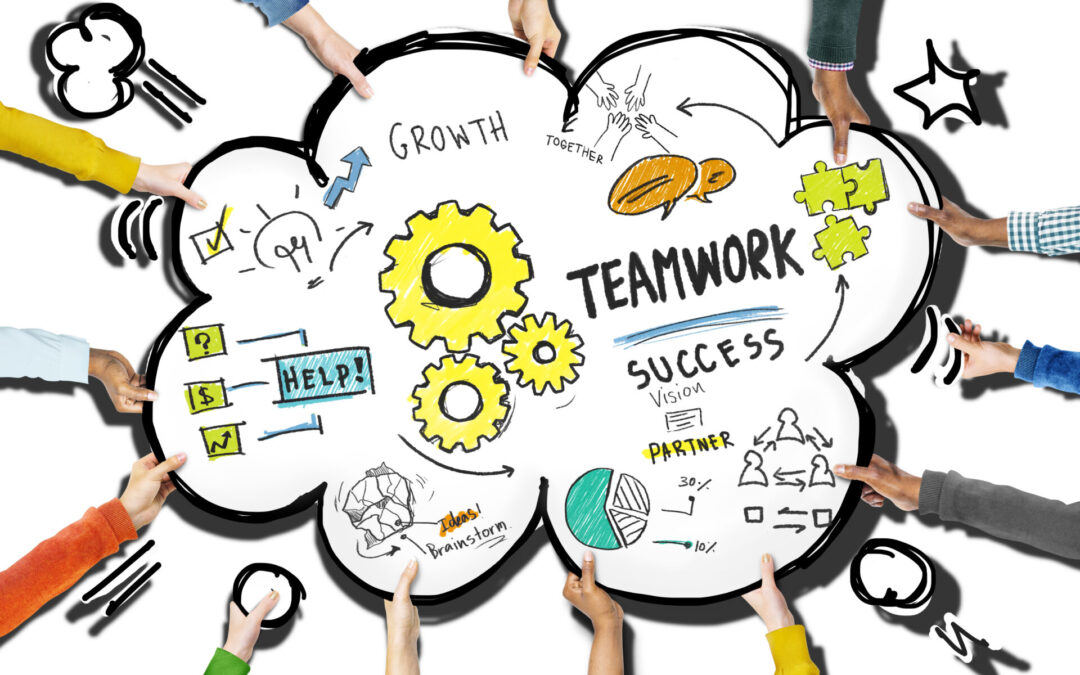
#4 – Teamwork In Practice
“Teamwork is the ability to work together towards an uncommon vision. It’s the fuel that allows common people to attain uncommon results” Andrew Carnegie
Today I’d like to explore what it is that makes some teams successful and importantly share some great examples of teamwork in practice.
There are many amazing examples throughout the world of when teamwork has accomplished great things. Perhaps one of the most impressive examples I’ve ever seen, was when I was on holiday in Egypt, and we went to see the pyramids because I have no idea how they managed to get all those massive blocks of stone to the location, let alone physically get them in place. This is an incredible feat of engineering and a group of people had to work together effectively to make that happen.
I’ve witnessed another great example of teamwork in Africa where the termites build these amazing termite mounds, that must be at least a metre and a half tall. Its just incredible that these tiny creatures not much bigger than an ant can collectively and collaboratively work together to make a structure that is that impressive.
There’s also a number of events throughout history that illustrate the importance of teamwork. One such example is the D Day landings, and the invasion of Normandy, because this was a fundamental turning point in World War Two. And so many things made that made this a success, because there was all the logistics operation of getting all those troops and equipment there. And also, there were people that actually had to go in and clear the beaches of all the land mines, so that the troops could land on the beach. And then, of course, the whole evacuation process of getting people away afterwards. So that was only possible because of the way that everyone worked together and collaborated to make that whole event a success.
And what about the Apollo 11 Moon landings. Many people remember the three astronauts Neil Armstrong, Buzz Aldrin and Michael Collins but did you know there were over 400,000 people working in the background that made that first walk on the moon possible.
Wikipedia is a really interesting example of effectively crowdsourcing everybody’s knowledge together to create an online Encyclopedia. They have managed to effectively recruit an army of volunteers who put all of this information onto the web. And it’s been incredibly successful. And yes, sometimes there are mistakes. But things are constructed in a way that any mistakes or errors can be corrected easily. Effectively anyone who has ever been on the Wikipedia site is effectively part of that team, because they can provide feedback if they see something that isn’t correct on the site.
In the business sphere, Google commissioned Project Aristotle to study hundreds of teams and understand the keys to effective teamwork. And what they discovered was that the attributes that created effective teamwork included things like psychological safety, dependability, structure, meaning and impact. As a result of that, Google implemented new training and communication strategies to enhance teamwork across the company, including allocating time every week for team members to work on a passion project. This has resulted in innovative solutions such as Gmail and Google Maps.
Southwest Airlines, Zappos and Starbucks have all achieved stellar success by fostering strong teamwork demonstrating the power of a team-centric approach in delivering exceptional customer service. All these companies aim to deliver the WOW factor by collaborating together and going beyond expectations to delight the customer. This is what happens when team members feel empowered and have the latitude to make choices in the best interest of their customers.
And yet we’ve all seen what happens when teamwork and collaboration falter and companies fail to innovate and adapt to the changing business landscape. Think Block Buster Movies, Kodak and Nokia. They were all once household names but alas they no longer trade today because they failed to respond to the rapid technological shifts going on in business. They didn’t listen to their team members who saw the danger as the leaders were too myopic in their view of success.
I’d love to hear about any example you have great teamwork, whether in your business, personal life or maybe even a sports or music team that you are part of. Great teamwork is a super-power that helps ordinary people achieve extra-ordinary results and it needs to be celebrated and acknowledged.
Listen now to discover even more on this fascinating topic
Show Notes:
Here are the highlights from this episode:
(01:12) Teamwork as a competitive advantage
(03:53) Historical Example of Teamwork: D-Day and Apollo Landing
(13:27) Modern Business Success Stories: Google, Southwest Airlines, Starbucks, Zappos, and Apple
(20:05) Empowerment and Innovation
